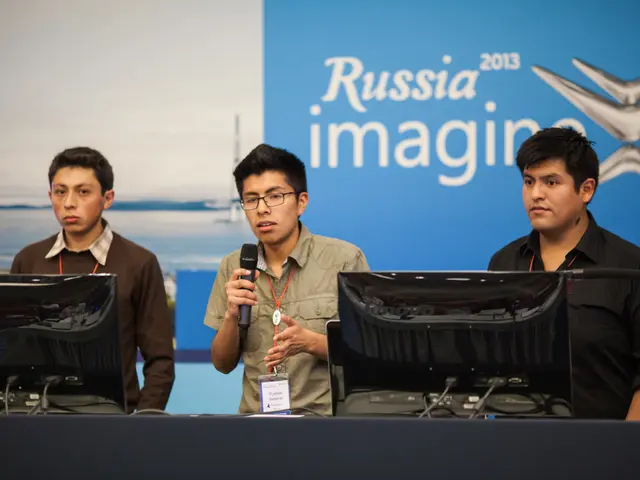Quantum Breakthrough: Detecting Non-Markovian Memory Effects
Researchers have made a significant breakthrough in understanding quantum systems. They've introduced a novel metric and a supervised machine learning framework to detect and quantify non-Markovian memory effects.
The team developed a method to track 'turn-backs' in predicted dynamics, indicating non-Markovian memory effects. This metric has proven effective in identifying and quantifying these effects in various scenarios.
In parallel, they introduced a new supervised machine learning framework. This framework uses only local data from an ancilla qubit to predict open quantum system dynamics accurately. It employs a neural network trained on short histories of system behavior to forecast future evolution. The model has demonstrated remarkable success in predicting system observables in amplitude damping and random telegraph noise scenarios.
The team also introduced a revival-based method to quantify non-Markovianity. This method counts upward 'turn-backs' in predicted observables, providing a clear measure of non-Markovian effects. It has successfully identified and quantified these effects in both noise scenarios, offering a powerful tool for real-time diagnostics in quantum experiments.
The breakthrough offers a powerful tool for characterizing quantum systems and understanding the role of memory in their dynamics. By predicting system behavior using only local data and identifying non-Markovian memory effects, the team has opened up new avenues for real-time diagnostics in quantum experiments.
Read also:
- FDA's Generic Mifepristone Approval Sparks Pro-Life Concerns Over Safety and States' Rights
- Understanding Child Development: Causes and Signs of Delays
- Pope Francis' New Book 'Let Us Dream' Offers Unity and Hope for Post-Covid World
- Stephanie Estremera Gonzalez: From Medical Assistant to Residential Manager at The Point/Arc







